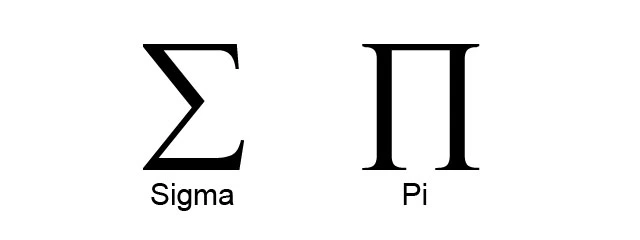The Pi symbol, , is a capital letter in the Greek alphabet call “Pi”, and corresponds to “P” in our alphabet. It is used in mathematics to represent the product (think of the starting sound of the word “product”: Pppi = Ppproduct) of a bunch of factors.
If you are not familiar or comfortable with Sigma Notation, I suggest you read my post on Sigma Notation first, then come back to this one – because Pi Notation is very similar.
Once you understand the role of the index variable in Sigma Notation, you will see it used exactly the same way with Pi Notation, except that it describes a factor number instead of a term number:
Summary
Pi Notation, or Product Notation, is used in mathematics to indicate repeated multiplication. Pi notation provides a compact way to represent many products.
To make use of it you will need a “closed form” expression (one that allows you to describe each factor’s value using its factor number) that describes all factors in the product. Pi Notation saves much paper and ink, as do other math notations, and allows fairly complex ideas to be described in a relatively compact notation.


Thanks, @Whit!
This and the sigma explanation were very helpful. Thanks.
thank you for your clear and concise description. It made it easy for me to quickly understand a math symbol that I was unfamiliar with.
This is explanation is Clear and Concise
Thanks for you helpful explanation Whit
This is just what i needed